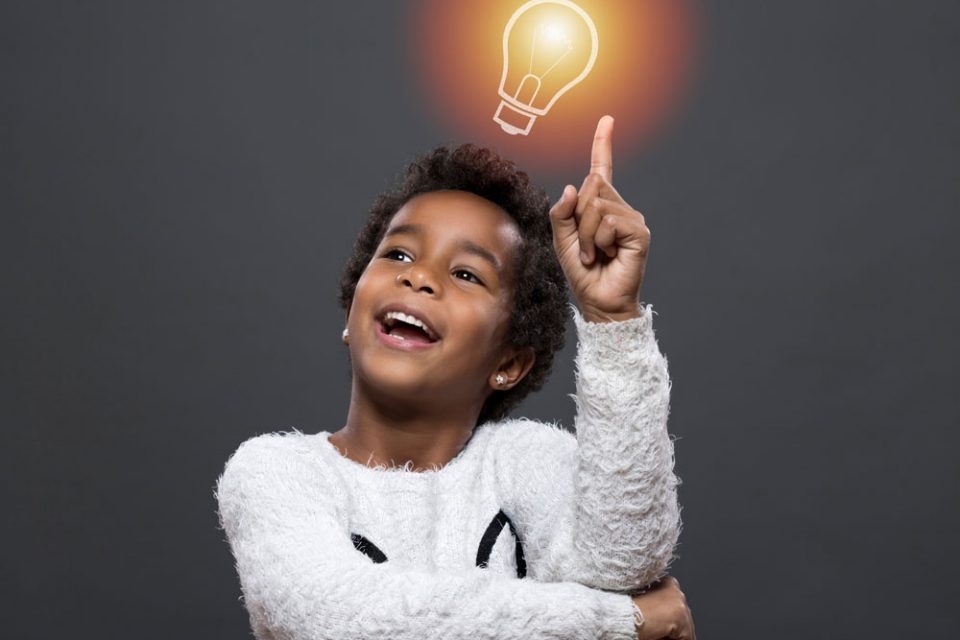Tomorrow’s leaders are sitting in today’s classrooms. But will they be ready to lead in a digital world?
According to Microsoft research, conducted in collaboration with McKinsey & Co, with today’s advances in technology, by 2030 up to 375 million people will need to switch from the work they are doing today. That means all students need to be future-ready, equipped with both traditional numeracy and literacy capability, as well as STEM and computer science skills.
According to a British Council report released earlier this year, STEM (Science, Technology, Engineering and Mathematics) skills will underpin future success and competitiveness – regardless of industry – because future jobs will require flexible and self-motivated individuals rather than just technical skills.
But, education relies on digital transformation to impact and change the way in which students learn. It’s important that students today are well-versed when it comes to technology and can use it to the best of their advantage.
Here are four ways benefits of incorporating technology into the classroom:
- Personalised learning
Teachers today are using Blended Learning and Adaptive Learning techniques to create inclusive classroom environments and design learning that supports the needs of all students. In doing so, they are personalising lessons, and combining technology with face-to-face interactions.
This concept worked well for the University of Management and Technology in Pakistan. They shifted most of the classroom learning to real-life experiences and opportunities by allowing students and business professionals to engage in seminars and small-group discussions through in-person meetings and using Microsoft tools like Office 365 and Teams.
- Gamification
Gaming is a popular way for teachers to encourage student engagement while being used as an effective way of teaching computer science in schools. For example, Microsoft MakeCode brings computer science to life for all students with fun projects, immediate results, and both block and text editors for learners at different levels.
The real value in learning computer science and playing games like MakeCode is not in the act of coding itself but in building students’ ability to be creative, resilient and collaborative, skills they will need to succeed in the modern workforce.
Helping more students learn computer science is crucial to filling the jobs of tomorrow. Technology companies like Microsoft have a responsibility to partner with the public sector to help schools close the computer science gap. That’s why Microsoft partners with non-profit organisations across the Middle East and Africa, to bring digital skills and computer science education to young people in the region.
On a global level, Microsoft partners with Code.org to host the Hour of Code campaign each year, to provide opportunities for youth to experience coding for the first time using Minecraft Hour of Code or MakeCode tutorials.
This year, Microsoft has once again partnered with Code.org to offer a new Minecraft Hour of Code tutorial this Computer Science Education Week called, Voyage Aquatic, which helps students learn to code in a fun and interactive way. For communities with little access to the internet, these Hour of Code tutorials are available to download and install for offline use.
Microsoft has also just announced a new multi-million recommitment, over three years, to help Code.org continue to pursue its mission and expand access to computer science for more students.
- Artificial intelligence (AI) for accessibility
The AI revolution has begun in Africa, and it’s going to empower and enable schools and teachers to do more than ever before. Applications contained in Office 365, for example, are utilising the power of Microsoft’s intelligent cloud while drawing on AI to help teachers improve learning outcomes.
- Mixed Reality
Mixed Reality, which is the combination of Augmented Reality and Virtual Reality, enables students to experience curriculum in completely new ways, and to immerse themselves in the learning in a way that brings the content closer than ever before.
For example, HoloTour, which is included in the Windows Mixed Reality stack, allows learners to explore the history of Rome or uncover the hidden secrets of Machu Picchu. Similarly, Masterpiece VR offers learners the chance to sculpt and paint using intuitive and dynamic feature
Technology is set to be an ever-growing part of the future. Equipping students with richly featured technology and providing teachers with proven digital platforms and access to adaptive assessment tools gives schools the opportunity to ensure every child reaches their full potential.
Every teacher can teach computer science and incorporate technology into classrooms. To find out how you can build teacher capacity to support equitable computer science education download Microsoft’s ‘Computer Science Professional Development Guide’ here.





